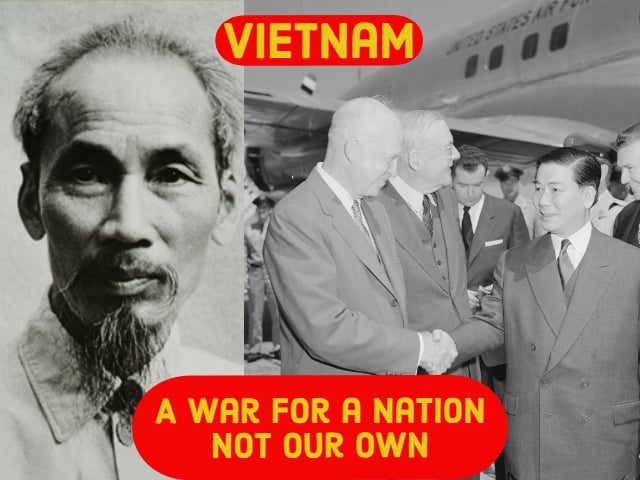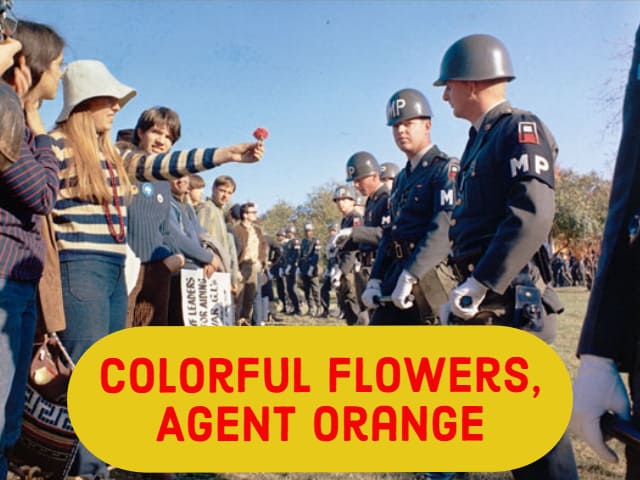Toward the end of class, Peter asked us if we enjoy teaching lessons in class as a method of learning. After reflecting on this question, I decided I find this method of learning and use of class time highly effective. It offers us a low-stakes opportunity to test ideas and tools learned in class. In this lesson specifically, I practiced integrating Google Slides, YouTube, Google Sheets, and Google Forms. Trying these out in a low-stakes environment is especially useful as I plan to use similar lessons in my student teaching placement that I have used in our Methods class.
Teaching this lesson highlighted the need to organize and simplify technology integration in the classroom. Rather than having links posted in multiple places throughout the slideshow, I now plan to have one page where students can quickly navigate to all the resources they will need for class, ex. Google Classroom or one dedicated “resources” slide in a slideshow. Doing this will minimize confusion, allow for smoother transitions, and maximize time spent learning.
The aspect of this lesson I liked most was the multiple mediums used to deliver content. This lesson included a propaganda photo, small group discussion, a short lecture, a video, and primary sources. All of these mediums seemed to fit together well and were hopefully well suited to students with different learning styles.
With some touch-ups and scaling the lesson to accommodate 30 students, I believe this lesson would go over well in my student teaching placement. I am certainly grateful I could give it a test-run with our class.
Nick Krautscheid


